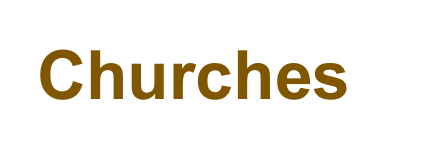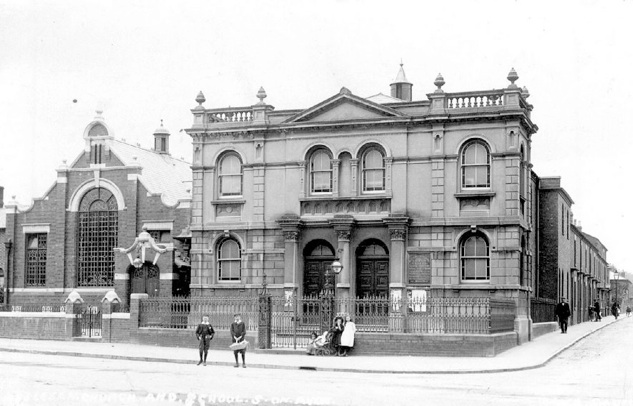To return to Master page click on ‘Churches’ above.


SLHS Wesleyan Church


Disclaimer
Whilst some care has been taken to check externally linked websites no responsibility is offered nor implied for the suitability, legality or reliability of content therein.
Statements are made here to the best of our knowledge. However no statement here should be regarded as irrefutable fact. Please contact us if you consider otherwise.
Further Information..
-
National Archives: Wesleyan Church
1A Shakespeare Street.

● These items have aspects that uniquely contribute to national or world history.

-
● Full
-
● Partial
-
● None
-
Theatres ●
Last update: 12/12/2024
Created: 10/10/2023
Wesleyan Methodism
Methodism, so called because of its methodical approach to Christian life, was initiated as a revival within the Church Of England by John Wesley. He, his brother and the famous John Whitefield were fervently outward in their national and international missionary work.
13th January 1743 was John Wesley’s only visited to Stratford. He had preached in the open air but disappointedly admitted in his journal afterwards that: “Most of the hearers stood like posts; but some mocked, others blasphemed and a few believed”. At that time Methodism failed to take root.
In 1810 there was another unsuccessful attempt to bring the faith to Stratford. Reverend Michael Cousin, the Superintendent of the Redditch Circuit, together with local preacher called ‘Mogg’, attempted to preach in Rother Street. However they were taken before the magistrates and driven out of town.
In 1819 a Methodist Society was formed in the town by Matthew and Sarah Pearce who opened their house in Wood Street for worship. Initially formed of six people they flourished and soon needed larger premises. First an old cart shelter in Meer Street was converted to a place of worship and later they had to move to a former baker’s shop next door to the White Swan.
By 1825 Rev. John Morgan was stationed in Stratford as a Wesleyan Home Missionary. The little society comprised about thirty people “all poor, pious, and anxious to do good”.
In September 1834 the foundation stone of a new chapel in Birmingham Road was laid. It opened for services on 22 January 1835 and had seating for 240 people (cf the larger Baptist Chapel in Payton Street was built in the same year). In 1858 a schoolroom was added.
In 1877 the chapel was renovated and a portico, similar to that at Carr’s Lane Congregational Church in Birmingham, was added.
In 1903 the excellent Wesley Hall was built adjoining the chapel, to the left, on the site of the former Minister’s house.
Since 1847 Stratford had had its own preaching circuit serving the town and several villages around it.
In 1962 the chapel closed. In total there had been 38 ministers who manse had successively been at 39 Birmingham Road, 7 Payton Street and 55 Rother Street.
Primitive Methodism
The Wesleyan Chapel in Birmingham Road is not to be confused with the Primitive Methodist Chapel in Great William Street. The Primitive Methodists were founded as a separate body in 1808 – 1810. The origins of the Primitive Methodists in Stratford is uncertain but they seem to have had a presence in the 1830s, when the town was ‘missioned’ from Birmingham.
An 1851 large-scale plan of Stratford shows a Primitive Methodist Chapel at the Guild Street end of the alleyway between the public library and Shakespeare’s Birthplace.
In 1866 the chapel in Great William Street was built. The Minister’s house was variously located at: 12 Shakespeare Street, 3 John Street and 50 West Street.
The designations of ‘Wesleyan’ or ‘Primitive’ ceased to exist with the Methodist Union of 1932.
